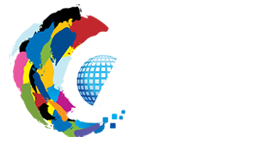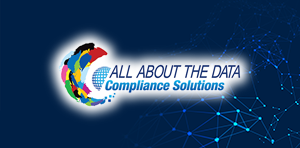AATD Electronic Health Records (EHR) Products and Services Offering
AATD delivered a best of breed Electronic Health Records (EHR) system to Department of Veterans Affairs VISN 9 region. VISN 9 Region encompasses five separate veterans’ medical facilities spanning three states.
Specifically, our team provided comprehensive project management, software, system networking, cabling, systems training and change management support.
Upon the completion of the implementation, VISN 9 was equipped with a fully integrated system that met and exceeded the needs of all five VISN 9 sites. The system employed advanced technological methods in the integration of healthcare data to improve patient quality of care, reduction of medical errors, and increase in cost savings for the VA.
What are Electronic Health Records?
An electronic health record (EHR) is a digital version of a patient’s paper chart. EHRs are real-time, patient-centered records that make information available instantly and securely to authorized users. While an EHR does contain the medical and treatment histories of patients, an EHR system is built to go beyond standard clinical data collected in a provider’s office and can be inclusive of a broader view of a patient’s care. EHRs can:
- Contain a patient’s medical history, diagnoses, medications, treatment plans, immunization dates, allergies, radiology images, and laboratory and test results
- Allow access to evidence-based tools that providers can use to make decisions about a patient’s care
- Automate and streamline provider workflow
One of the key features of an EHR is that health information can be created and managed by authorized providers in a digital format capable of being shared with other providers across more than one health care organization. EHRs are built to share information with other health care providers and organizations – such as laboratories, specialists, medical imaging facilities, pharmacies, emergency facilities, and school and workplace clinics – so they contain information from all clinicians involved in a patient’s care.
EHR Benefits
- Providing accurate, up-to-date, and complete information about patients at the point of care
- Enabling quick access to patient records for more coordinated efficient care
- Securely sharing electronic information with patients and other clinicians
- Helping providers more effectively diagnose patients, reduce medical errors, and provide safer care
- Improving patient and provider interaction and communication, as well as health care convenience
- Enabling safer, more reliable prescribing
- Helping promote legible, complete documentation and accurate, streamlined coding and billing
- Enhancing privacy and security of patient data
- Helping providers improve productivity and work-life balance
- Enabling providers to improve efficiency and meet their business goals
- Reducing costs through decreased paperwork, improved safety, reduced duplication of testing, and improved health.
Clinician Effectiveness
- Clinicians automate their more repetitive tasks
- Able to complete tasks more quickly and effectively with a fully integrated clinical documentation and intelligent data access with ancillaries
- Clinicians can work in a more patient-centric, workflow-oriented situation.
Organization Effectiveness
- Able to use the information more effectively to minimize errors
- Meet regulatory demands
- Implement clinical protocols with:
- Intuitive flowsheets
- Notes
- Summary screens
- Trending/Reporting
- Remote Access

